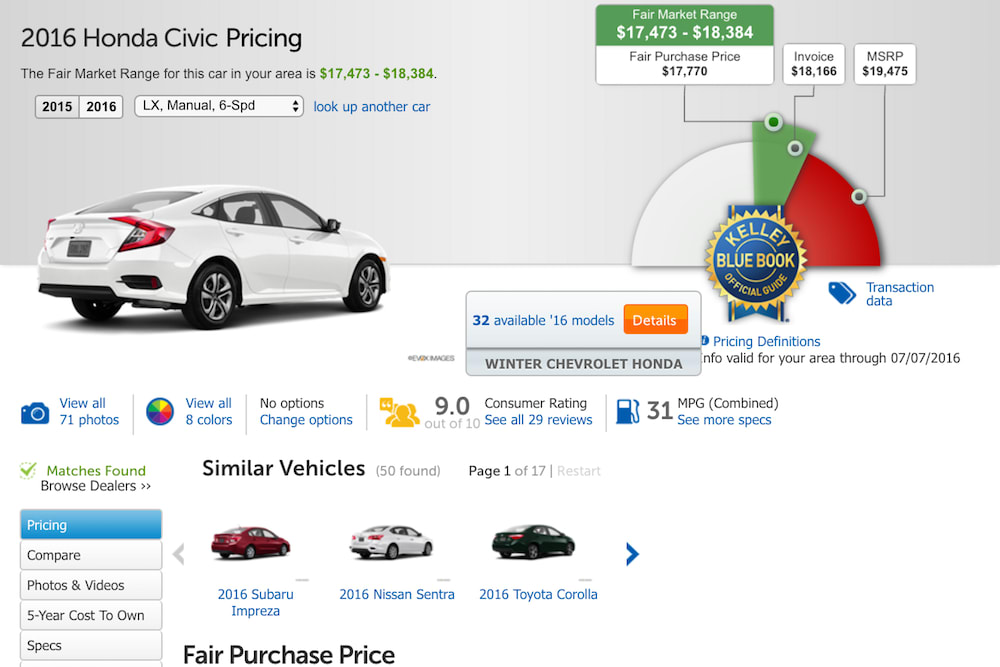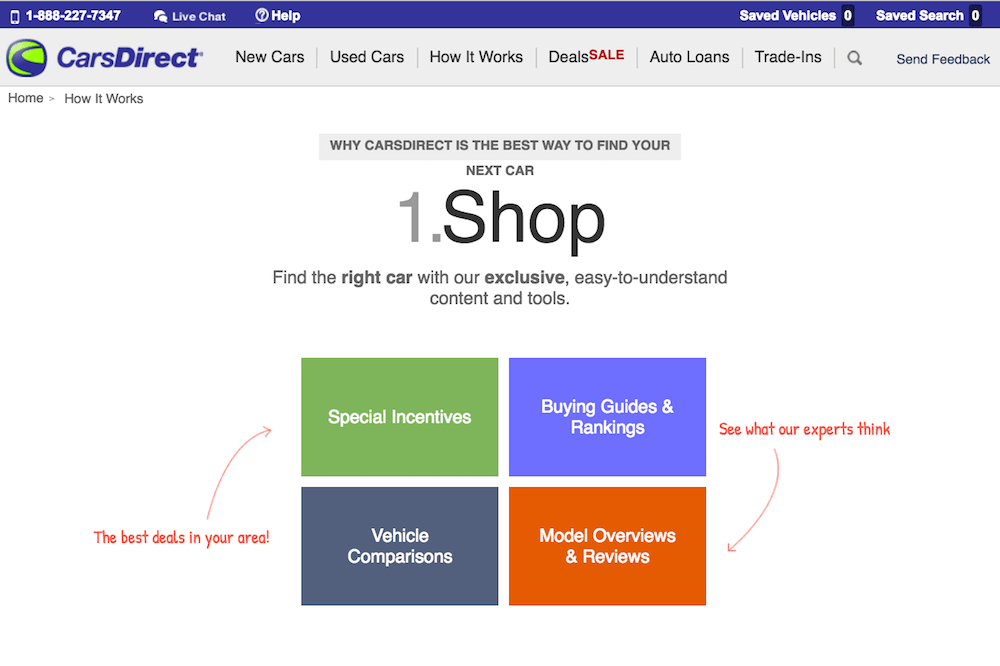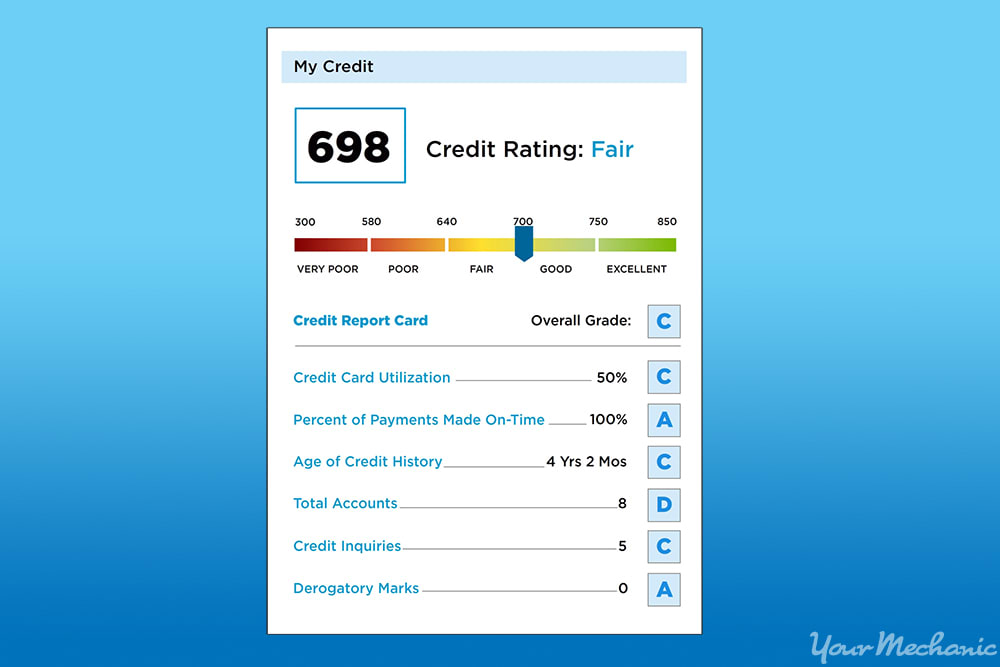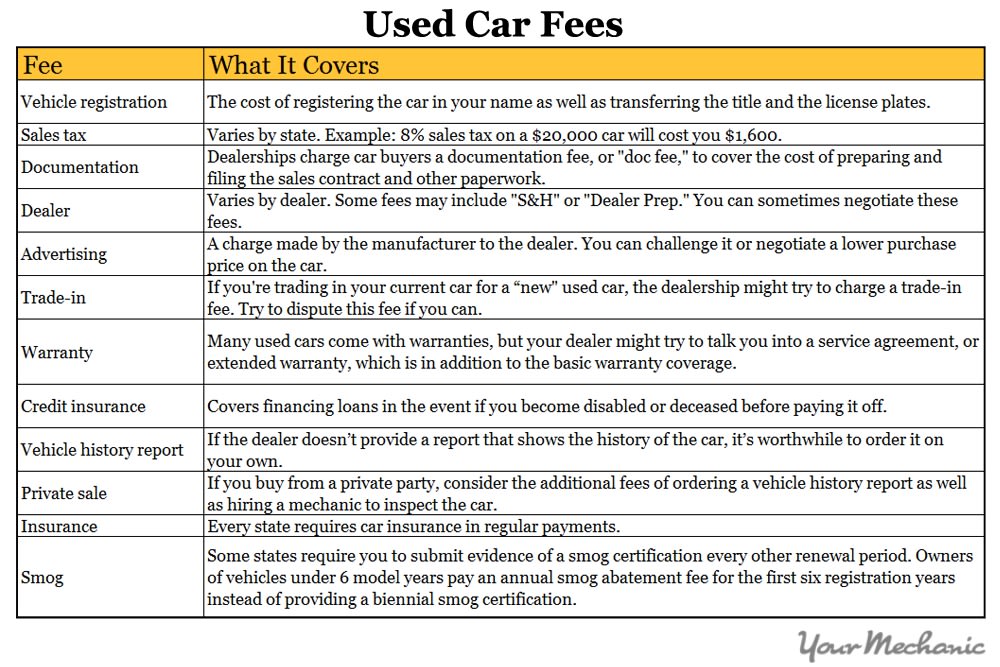

Shopping for a vehicle is a stressful experience. Between comparing vehicle models, features, and prices, finding a great deal is sometimes hard. And, at the end of the day, it can leave you feeling drained and frustrated. The good news is that there are a few ways to make car shopping easier.
Method 1 of 3: Get financing pre-approved first
By getting pre-approval for a car loan before car shopping, you can cut out looking at cars you cannot afford and focus on those you can. This, in turn, can cut out a lot of the stress involved since you are only looking at vehicles that you have the potential of buying. And even when salespeople try to use high-pressure tactics, you can still only spend what you have approval for.
Step 1: Find a lender. The first step in the pre-approval process requires you to find a lender.
You can get an auto loan from a bank, credit union, or online.
Shop around for financing, as different lenders give different interest rates and terms.
Step 2: Apply for financing. Once you find a lender, getting approved for financing is the next step.
Depending on your credit rating, you qualify for certain interest rates.
Car buyers with bad credit can still qualify for a loan, but at a higher rate. The best interest rates are reserved for borrowers with the best credit, usually 700 and above.
- Tip: Know what your credit score is before approaching a lender. By knowing your credit score, you know which interest rates you qualify for.
Step 3: Get approved. After receiving approval, it is a matter of finding the car that you want for the amount the lender approved.
Keep in mind that most lenders have certain restrictions on where you can buy a car when receiving pre-approval. This usually includes a franchised dealership and rules out private sellers.
The age and mileage of the vehicle you want to buy are also restricted. You should check with the lender for any restrictions before applying for a loan.
Method 2 of 3: Check online first
Shopping for a car online is another way to avoid some of the hassle and stress of buying a car. This allows you to pick the car you want that falls within your budget from the comfort of your own home.

Step 1: Research the vehicles you are interested in. Decide what vehicles you are interested in and then research them online.
This can save you time at the dealership as you can look at average prices and check out a vehicle's features. Sites like Kelley Blue Book and Edmunds give you the fair market value of a vehicle, as well as allowing you to add the features you seek.
Visit dealership websites and check out the actual vehicles you are interested in for their cost and features included.
Step 2: Check car reviews online. In addition to the vehicles themselves, check out what others have to say about them.
Sites such Kelley Blue Book, Edmunds.com, and Cars.com offer reviews of a variety of vehicles.

Step 3: Visit online car sellers. Avoid the dealership altogether and shop for a vehicle online.
You can visit a seller of pre-certified vehicles, such as Carmax, to look for a vehicle. While you do have to go down to your local Carmax location, the price you see online is what you pay, as there is no haggling.
Another option is Carsdirect.com, which allows you to look at cars available from local dealerships. Once you have chosen a car, they connect you with the Internet Department at the dealership to negotiate a price.
Method 3 of 3: When buying a car
In addition to researching and searching online, as well as getting pre-approved for financing, you can take certain steps to make it easier when visiting a dealership to buy a car. Create a list of questions you want to ask about the car, keep in mind possible additional transaction fees, make sure to test drive any car you have an interest in, and give yourself plenty of time when making your final decision.
Step 1: Think of questions to ask. Make a list of questions you want to ask about the vehicle in general or other factors in the buying process, such as financing.
Some good questions to ask, include:
- What fees can you expect when you purchase the car? This includes any sales tax or registration costs.
- What is the documentation fee? This is the amount paid for the dealership to fill out the contract.
- Are there any aftermarket parts or alarms on the car? These add-ons add to the overall price of a car.
- How many miles does the vehicle have? Test drives can add miles to a new vehicle. You should renegotiate the price of a new car if it has over 300 miles on the odometer.
- Will the dealership deliver the car? This saves you the expense of even traveling to the dealership to pick the car up if you are unable to. If you want an extended warranty or other service, speak with the salesperson by phone and have the contract adjusted as needed.
Step 2: Used car fees. When purchasing a used vehicle, keep in mind some of the fees you might have to pay.
Some of these fees include sales tax, paying for a vehicle history report, or any extended warranty that you decide to add when purchasing the vehicle.
You should also keep in mind any inspections you might need to get as determined by your state. Common inspections include smog and safety checks.
Step 3: Test drive. Test drive any vehicle you have an interest in.
Drive it in areas similar to where you expect to drive the vehicle, such as hilly terrain or in traffic.
Take the car to a trusted mechanic to have it checked out before buying.
Step 4: Take your time when deciding. After you have come to terms with a dealership on a vehicle, do not hurry into a decision.
Sleep on it if you need to. Make sure you are 100 percent certain that you want to buy the vehicle.
List the pros and cons of buying the vehicle, writing them out if necessary.
By keeping certain factors in mind, you can reduce the stress of buying a vehicle. In addition, always make sure to have one of our expert mechanics perform a pre-purchase car inspection before buying a vehicle.





